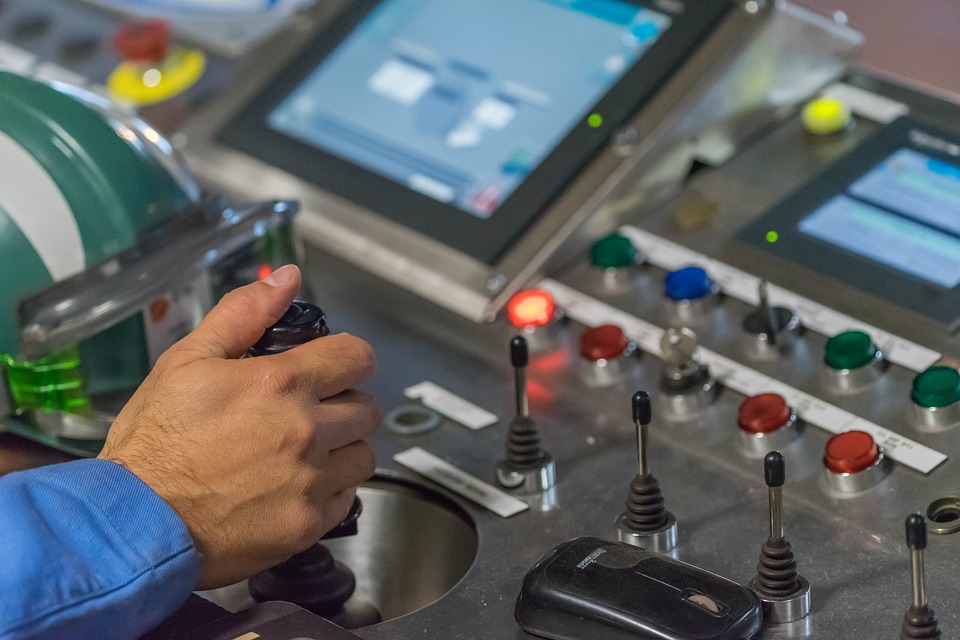The automation revolution represents a significant leap in technological advancement, fundamentally reshaping industries, economies, and the workforce. As automation tools advance—ranging from robotic process automation (RPA) to artificial intelligence (AI)—there are both tremendous opportunities for growth and development and substantial challenges to address. This article explores these facets as businesses, governments, and individuals navigate this transformative era.
Understanding the Landscape of Automation
Automation incorporates various technologies designed to perform tasks without human intervention, improving efficiency and accuracy. Key areas of automation include:
-
Manufacturing and Industrial Automation: Techniques such as robotics streamline production lines, increasing output while minimizing labor costs and errors.
-
Service Automation: AI-driven chatbots and virtual assistants enhance customer service, providing 24/7 support and immediate responses to inquiries.
- Administrative Automation: Business processes such as document management and scheduling are increasingly managed through automated systems, which save time and reduce overhead.
Opportunities Offered by Automation
1. Increased Efficiency and Productivity
Automation can significantly enhance productivity, allowing businesses to scale operations without a proportional increase in workload. By offloading repetitive tasks to machines, employees can focus on more strategic activities that require creativity and critical thinking.
2. Cost Reduction
With fewer errors and increased speed, automation can drastically cut operational costs. This financial efficiency often translates into reduced prices for consumers, fostering competitive markets.
3. New Job Creation
While the narrative often paints automation as a job destroyer, it paradoxically opens avenues for new jobs—especially in tech, maintenance, and oversight of automated systems. Workers will transition into roles that require more advanced skills, prompting a re-skilling revolution.
4. Improved Quality and Consistency
Automation enhances precision and reduces variability, leading to higher quality products and services. In industries like pharmaceuticals and food production, this is crucial for safety and compliance.
5. Enhanced Innovation
With automated tools handling mundane tasks, organizations can free up resources to innovate. This shift in focus can lead to new products, services, and business models, driving overall economic growth.
Challenges Stemming from Automation
1. Job Displacement
Despite the potential for new job creation, automation poses a real risk of displacing workers in roles that are easily automated. The impact is particularly pronounced in low-skilled jobs, leading to calls for urgent action in workforce reskilling and social safety nets.
2. Skills Gap
The rapid pace of technological advancement has outpaced the education and training systems in many regions. There is a pressing need for upskilling and reskilling initiatives to prepare the workforce for emerging roles in an automated environment.
3. Economic Inequality
Automation can contribute to economic polarization, benefiting companies with resources to invest in new technologies while leaving behind smaller businesses that struggle to compete. Policymakers face the challenge of ensuring equitable access to automation’s benefits.
4. Ethical Concerns
The deployment of AI and automation raises ethical questions, including biases in algorithms, privacy concerns, and the implications of machines making decisions that affect human lives. Ensuring responsible AI use will be crucial to public trust.
5. Regulatory Frameworks
The pace of automation outstrips existing regulatory frameworks, creating uncertainty around liability, safety, and employment rights. Governments must adapt regulations to address these challenges without stifling innovation.
Navigating the Path Forward
To harness the benefits of the automation revolution while minimizing its negative impacts, a multi-faceted approach is needed:
-
Invest in Education and Training: Policymakers and businesses should prioritize lifelong learning programs to ensure workers can transition to new roles seamlessly.
-
Create Inclusive Policies: Regulations should focus on ensuring equitable access to technological resources and opportunities for all sectors of society.
-
Promote Ethical Standards: Developing guidelines for the ethical use of AI and automation will be critical to maintaining public trust and safety.
-
Encourage Collaborative Innovation: Partnerships between tech companies and various industries can foster innovation while aligning workforce needs with technological capabilities.
- Adopt a Flexible Mindset: Both organizations and individuals must remain adaptable, embracing change and seeking continuous self-improvement to thrive in the evolving landscape.
Conclusion
The automation revolution holds immense promise for transforming the way we live and work, but it does not come without challenges. By proactively addressing these challenges and leveraging the opportunities presented, businesses, workers, and society as a whole can navigate this revolution successfully. Emphasizing adaptation, innovation, and inclusivity will ensure that the benefits of automation can be realized by all.



